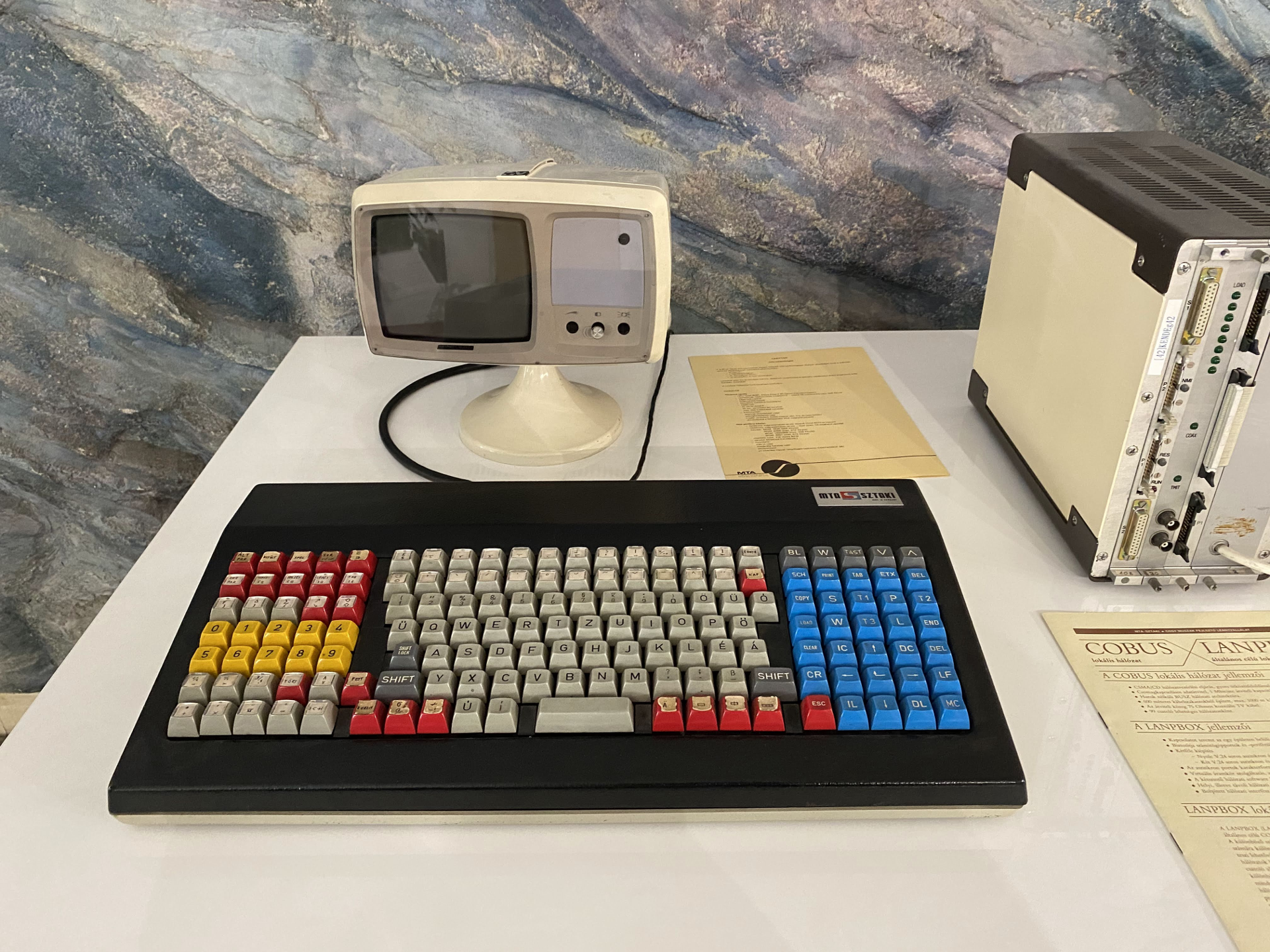
In the late 70s and early 80s, printing was much more difficult: although lead type was a thing of the past and texts were produced by phototypesetting, this required a suitable display and text generator, with a keyboard specifically for printing formats. SZTAKI supported this work with a tiny display made by Videoton, which allowed the display of 6 lines and 40 characters. (The display is a portable TV, by the way, which was converted at SZTAKI.) The heart of the machine is the "knocker", which looks like a keyboard, and is a complete machine, with all the hardware inside. Printing house workers used this machine to enter the digital version of the manuscripts without breaking the rows - this was the job of the typesetter. As the printing knockers are designed for very fast typing, the keyboard is also a unique development: a compartment in the memory "remembers" the keystroke and reacts to it quite quickly, so that the machine can process the input in time, and also filter out the bounce, i.e. accidental strokes and simultaneous strokes. This was a challenge at the time. The work was started at the request of the printing house in Debrecen, because the machines of the time could not cope with the knocking.